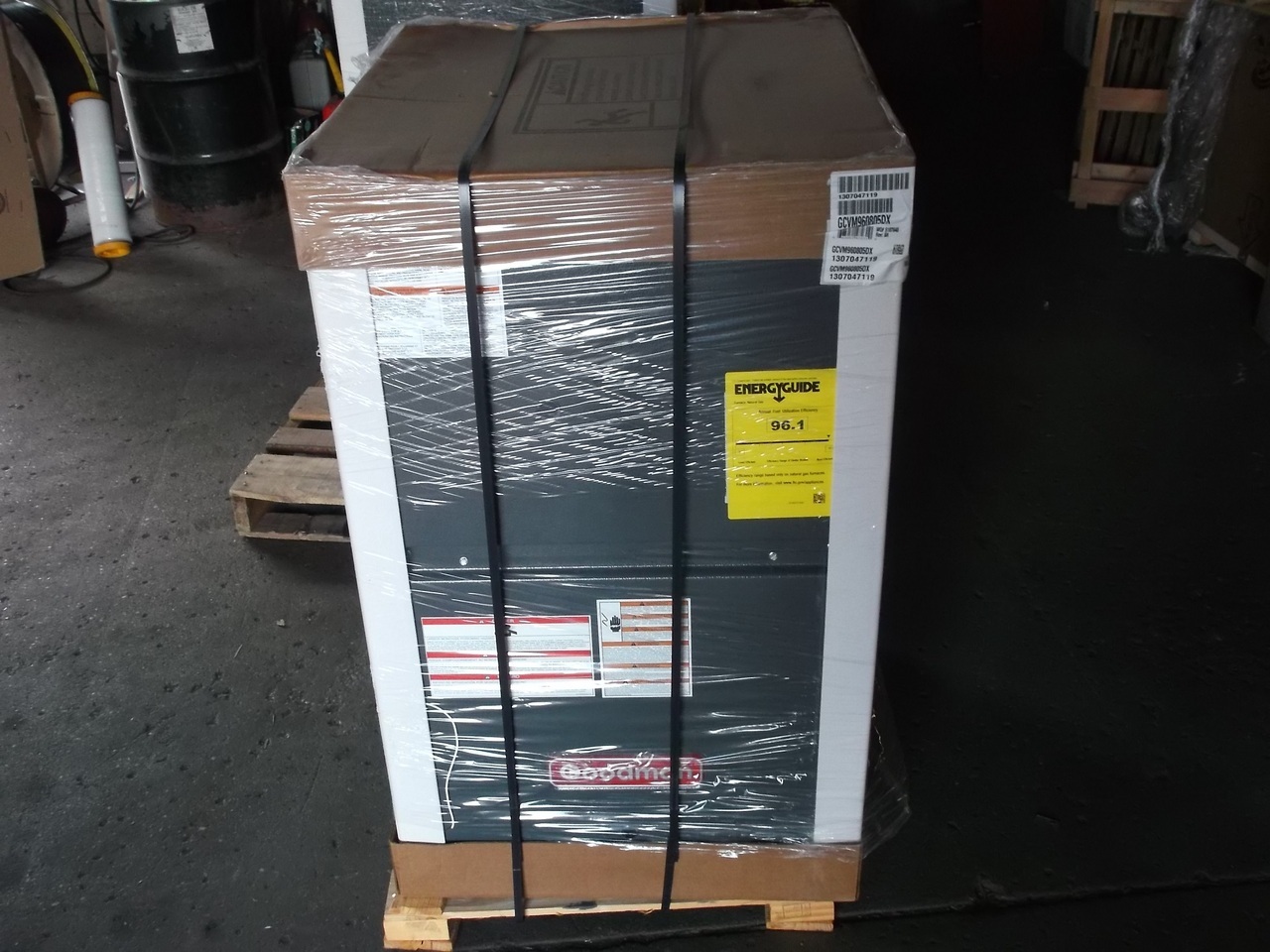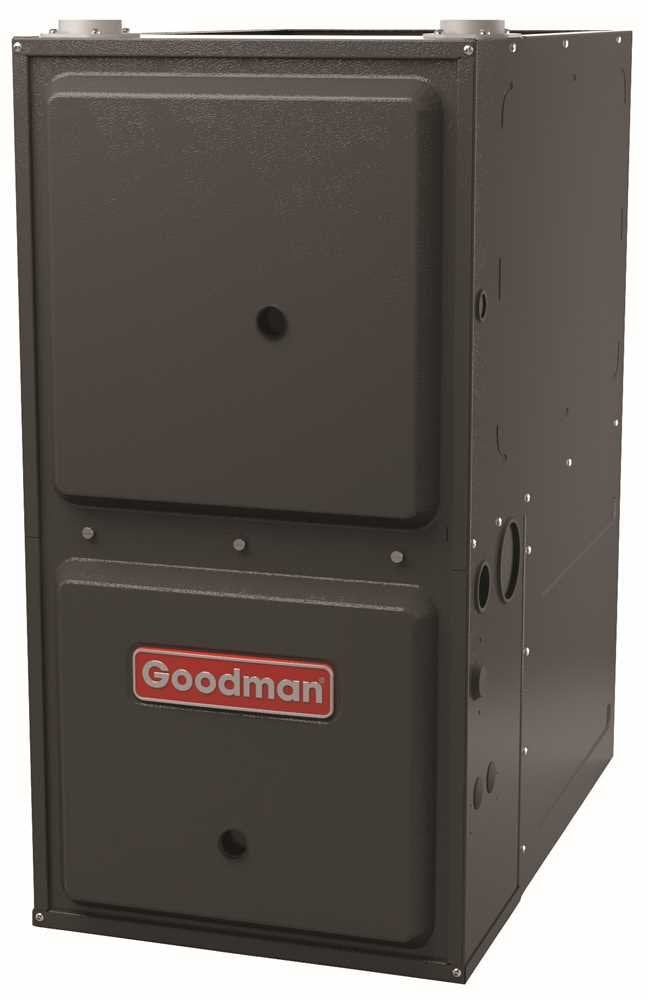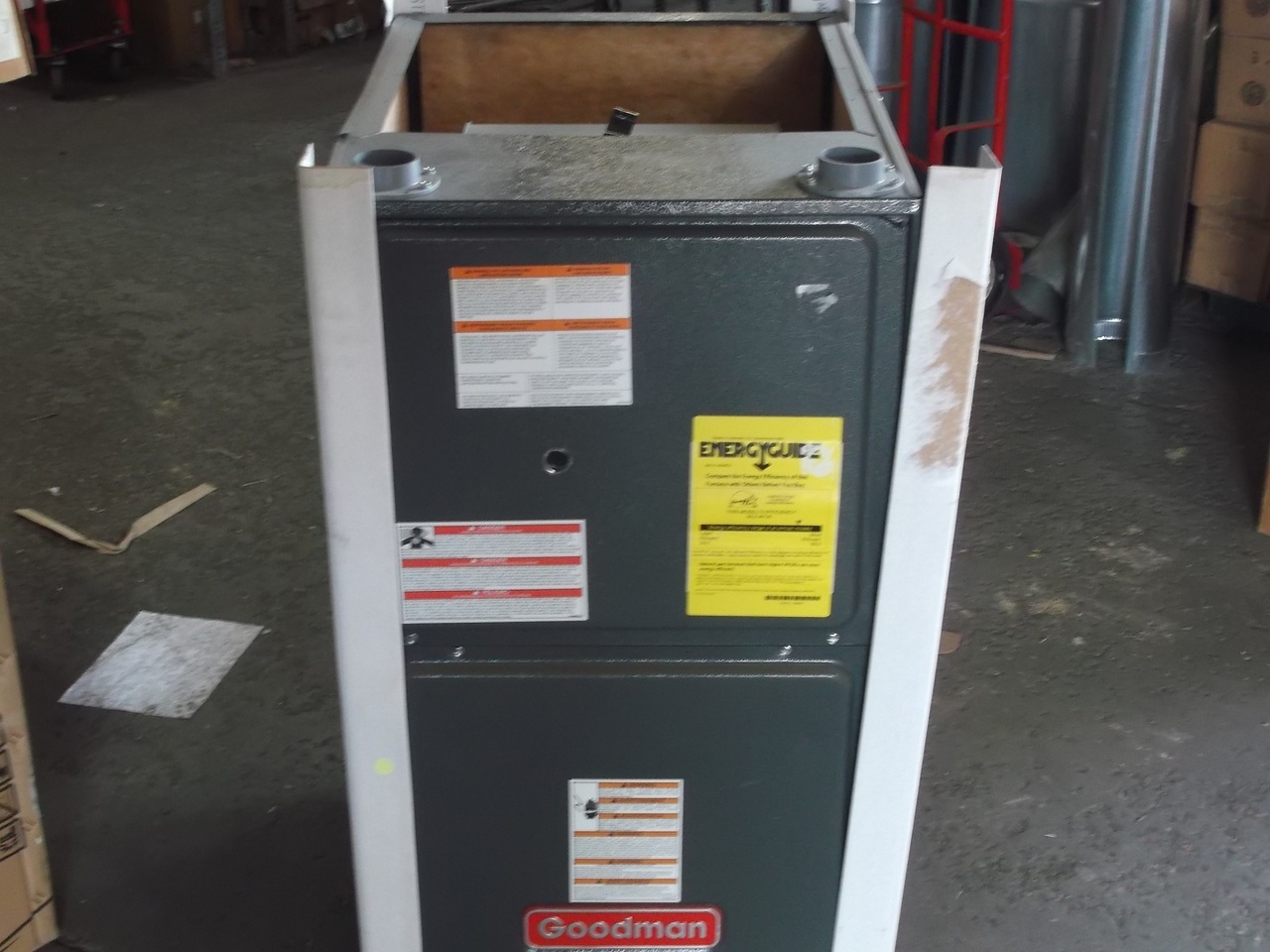80 000 Btu Furnace 96 Efficiency 2 Stage

Modern high-efficiency furnaces, like your 80,000 BTU, 96% efficiency, 2-stage model, offer great comfort and energy savings. However, even the best systems can occasionally experience issues. One common problem homeowners face is a furnace that won't ignite, leaving you in the cold. Before calling a technician, let's explore some simple troubleshooting steps you can safely perform.
Step 1: Basic Checks - Is the Furnace Getting Power and Gas?
This is the foundation of all troubleshooting. Skipping this could lead you down the wrong path.
1.1 Verify Power Supply
First and foremost, confirm the furnace is receiving power. Check the following:
- Circuit Breaker: Locate the circuit breaker dedicated to your furnace in your electrical panel. It's usually labeled "Furnace" or something similar. Ensure it's in the "ON" position. If it's tripped to the "OFF" or middle position, flip it all the way to "OFF" and then back to "ON." This resets the breaker.
- Emergency Shut-Off Switch: Most furnaces have an emergency shut-off switch, often located near the furnace itself or at the top of the basement stairs. Make sure it's in the "ON" position. It looks like a light switch, often red.
If the breaker trips repeatedly, stop here and call a qualified HVAC technician. This indicates a significant electrical problem.
1.2 Check the Gas Supply
Next, ensure the furnace is receiving gas. Here's how:
- Gas Valve at the Meter: Go to your gas meter (usually outside your house) and confirm the main gas valve is open. The valve handle should be parallel to the gas pipe. If it's perpendicular, it's closed. Do not tamper with the gas meter or piping if you're unsure.
- Gas Valve at the Furnace: Locate the gas shut-off valve on the gas pipe leading directly into the furnace. It's usually a yellow or black handle. Make sure it's in the "ON" position (parallel to the pipe).
If you suspect a gas leak (smell gas), immediately evacuate your home and call your gas company from a safe location. Gas leaks are extremely dangerous.
Step 2: Thermostat Check and Settings
A misconfigured thermostat is a surprisingly common culprit for furnace problems.
2.1 Thermostat Setting
Double-check your thermostat settings:
- Mode: Ensure the thermostat is set to "HEAT" and not "COOL" or "OFF."
- Temperature: Make sure the set temperature is at least a few degrees higher than the current room temperature.
- Fan Setting: The fan should be set to "AUTO" for normal operation. If it's set to "ON," the blower fan will run continuously, regardless of the heating demand.
2.2 Thermostat Batteries
If you have a digital thermostat, check the batteries. Low batteries can cause erratic behavior or prevent the thermostat from communicating with the furnace. Replace them with fresh batteries.
If the thermostat still isn't working correctly after replacing the batteries, consult the thermostat's manual or consider replacing it, especially if it's an older model. If the new thermostat doesn’t solve the problem, call a professional.
Step 3: Inspect the Furnace Filter
A dirty furnace filter is a very common cause of furnace problems, particularly in high-efficiency models.
3.1 Locate and Inspect the Filter
Find the filter slot on your furnace. It's usually located in a slot on the side of the furnace or in the return air duct where it connects to the furnace. Remove the filter and inspect it.
3.2 Replace the Filter
If the filter is visibly dirty or clogged with dust and debris, replace it with a new filter of the correct size and type. Always use the recommended filter size and MERV rating for your furnace. Using the wrong filter can restrict airflow and damage the furnace.
After replacing the filter, wait a few minutes and try turning on the furnace again. A clogged filter can cause the furnace to overheat and shut down, so this simple fix can often resolve the problem.
Step 4: Checking the Condensate Drain (High-Efficiency Furnaces Only)
High-efficiency furnaces, like your 96% model, produce condensate (water) as a byproduct of combustion. This condensate needs to drain properly. A clogged drain can cause the furnace to shut down.
4.1 Locate the Condensate Drain
The condensate drain is a small PVC pipe that typically runs from the bottom of the furnace to a floor drain or a condensate pump.
4.2 Check for Blockages
Inspect the drain line for any visible blockages, such as algae growth, dirt, or debris. Carefully disconnect the drain line at a union or fitting (if possible) to check for blockages inside the pipe. You can use a wet/dry vacuum to try to clear the drain line. Be careful not to damage the drain line.
4.3 Check the Condensate Pump (If Applicable)
If your furnace uses a condensate pump to remove the water, check the pump reservoir. Make sure the pump is plugged in and that the reservoir isn't overflowing. The pump should cycle on and off as needed. If the pump isn't working, try cleaning it or replacing it.
If you're unable to clear the condensate drain or the condensate pump is malfunctioning and you're not comfortable replacing it, call a qualified HVAC technician. Improper handling of the condensate drain can lead to water damage.
Step 5: Observing the Start-Up Sequence
Watching the furnace as it attempts to start can provide clues about the problem. Be observant and note any specific errors or sounds.
5.1 Resetting the Furnace
Before observing the start-up sequence, try resetting the furnace by turning it off at the breaker for a few minutes, then turning it back on. This can sometimes clear minor errors.
5.2 Observe the Ignition Process
Set the thermostat to call for heat and carefully observe the furnace as it attempts to start. Pay attention to the following:
- Inducer Motor: You should hear the inducer motor (a small fan) start up. This motor pulls air through the heat exchanger to vent exhaust gases. If you don't hear the inducer motor, it could be faulty.
- Igniter: You should see the igniter glow orange-red (hot surface igniter) or hear a clicking sound (spark igniter). If the igniter isn't working, it won't ignite the gas.
- Gas Valve: After the igniter heats up, you should hear the gas valve open, releasing gas into the burner.
- Flame Sensor: The flame sensor is a small metal rod that detects the presence of a flame. If the flame sensor doesn't detect a flame, the gas valve will shut off, and the furnace will shut down.
5.3 Identifying Error Codes
Many modern furnaces have a diagnostic light or display that shows error codes. Consult your furnace's manual to identify the meaning of any error codes you see. Error codes can provide valuable clues about the source of the problem.
Here are some common scenarios and possible causes:
- Inducer motor runs, igniter glows, but no flame: Possible causes include a faulty gas valve, a blocked burner, or low gas pressure.
- Inducer motor runs, but igniter doesn't glow: Possible cause is a faulty igniter.
- Furnace starts, runs for a few seconds, then shuts off: Possible cause is a dirty flame sensor or a blocked vent.
When to Call a Professional
While these DIY troubleshooting steps can resolve many common furnace problems, there are situations where you should always call a qualified HVAC technician. Do not attempt repairs beyond your skill level. Working on gas appliances can be dangerous, and improper repairs can lead to serious problems.
Call a professional if:
- You suspect a gas leak.
- The circuit breaker repeatedly trips.
- You are not comfortable working with gas or electrical components.
- You suspect a problem with the gas valve, control board, or heat exchanger. These components require specialized knowledge and tools to repair.
- You have checked all the basics, and the furnace still isn't working.
- You see error codes that you don't understand or that indicate a serious problem.
- You suspect a problem with the venting system (e.g., a blocked vent).
High-efficiency furnaces are complex pieces of equipment. While you can handle basic maintenance and troubleshooting, it's essential to know when to call a professional for help. Regular professional maintenance can also help prevent problems and extend the life of your furnace.
Remember, safety is always the top priority. When in doubt, call a professional.










